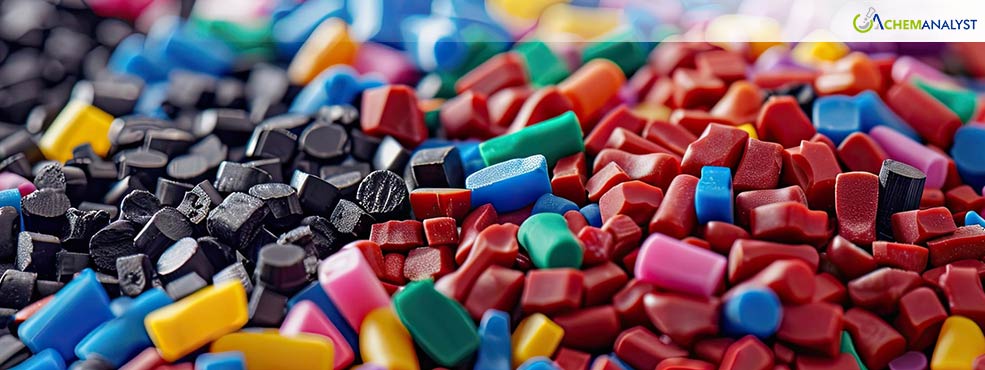European SBR Market Steers Through Demand-Supply Waves, Finding Stability
- 10-Oct-2024 1:30 AM
- Journalist: Kim Chul Son
The European Styrene Butadiene Rubber (SBR) market had continued to remain stable from the previous weeks in the regional market owing to the subtle demand outlook for the same from the domestic and international markets. Further, the major consumers of SBR is inclusive of tires, gloves, automotive parts, and other minor consumers of rubber hence, the price variations are also dependent on these demand strengths. Adding to these factors, the other common and effective facet impacting the overall SBR prices is inclusive of the overall production cost impacted by its feedstock (styrene and butadiene) prices in the domestic market. These feedstock prices of SBR were noted on the softer side of the price range hence, the overall price dynamics of SBR remained on the softer side with minor swings in the prices of the same in the regional market.
The European Union and its member states are striving to reduce the production of internal combustion engine vehicles while accelerating the manufacturing of electric vehicles (EVs). However, despite the introduction of subsidies for EVs in several countries, electric car sales are plummeting, pushing the European automotive market toward a crisis and creating a dilemma in the minds of SBR manufacturers and retailers. This situation has raised concerns among industry stakeholders as the balance between traditional and electric vehicle production continues to falter impacting SBR demand.
In parallel, the Sri Lanka Association of Manufacturers and Exporters of Rubber Products (SLAMERP) has alerted that increasing natural rubber prices may lead to a global shift toward synthetic alternatives. Sri Lanka's rubber industry faces significant challenges, including rising energy and water costs, labor shortages, currency instability, and limited raw rubber supply. With the EUDR deadline nearing, these resource constraints may disrupt Sri Lankan rubber exports to the EU, affecting the demand outlook for synthetic rubber (SBR) in the European market.
The EU automotive sector is currently grappling with a myriad of economic challenges, including sluggish economic growth, elevated energy costs, disruptions in critical supply chains, geopolitical uncertainties, and the industrial strategies of other nations, notably the U.S. Inflation Reduction Act and China's extensive government interventions.
In recent months, the car manufacturing and battery production industries within the EU have announced significant job cuts and factory closures. These measures have been largely driven by concerns over the diminishing adoption rates of regionally produced electric vehicles across the region, further exacerbating the ongoing difficulties faced by the sector. ChemAnalyst foresees that SBR prices in the final quarter will exhibit mixed market signals, as demand levels and volumes of SBR are anticipated to vary based on regional influences.



